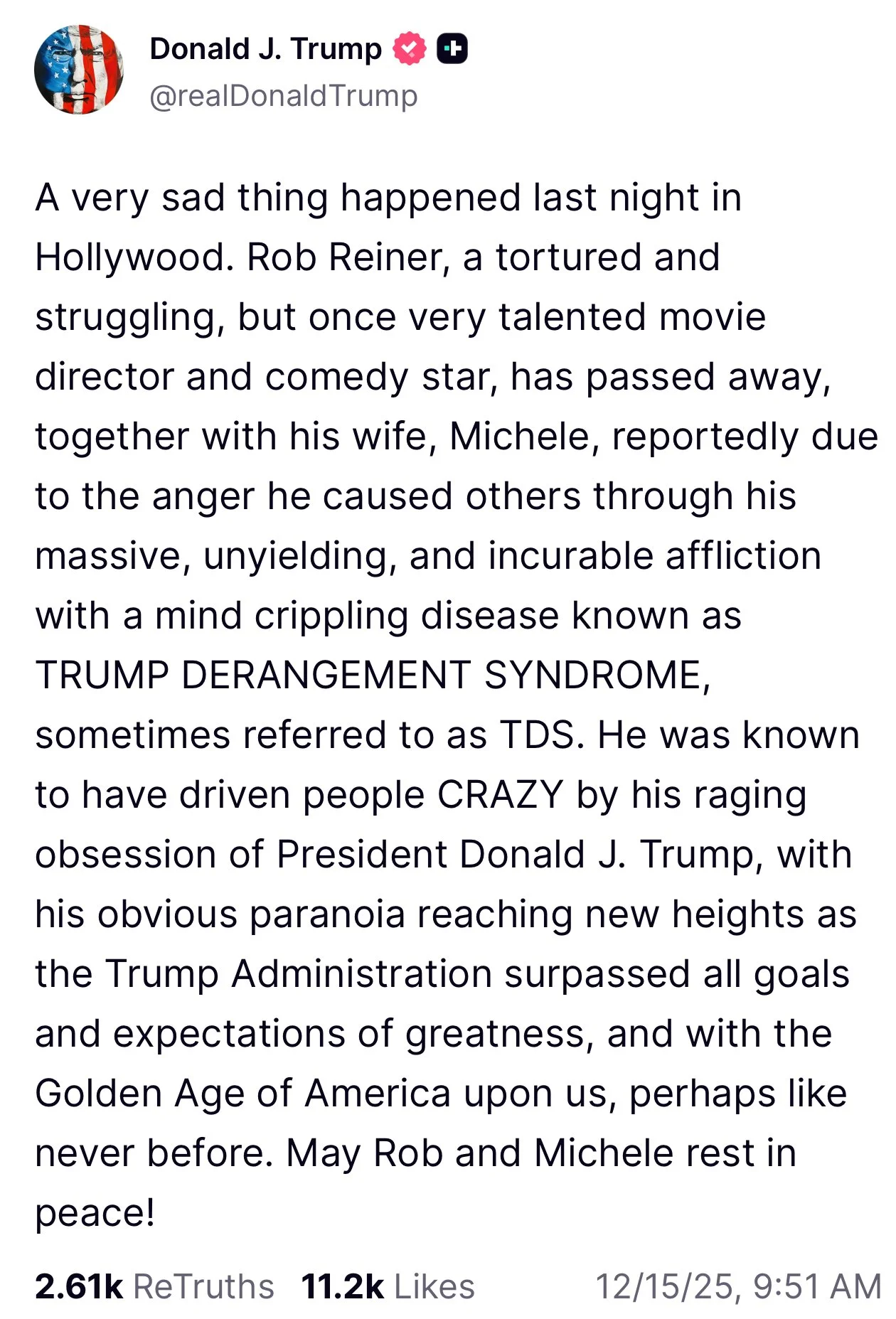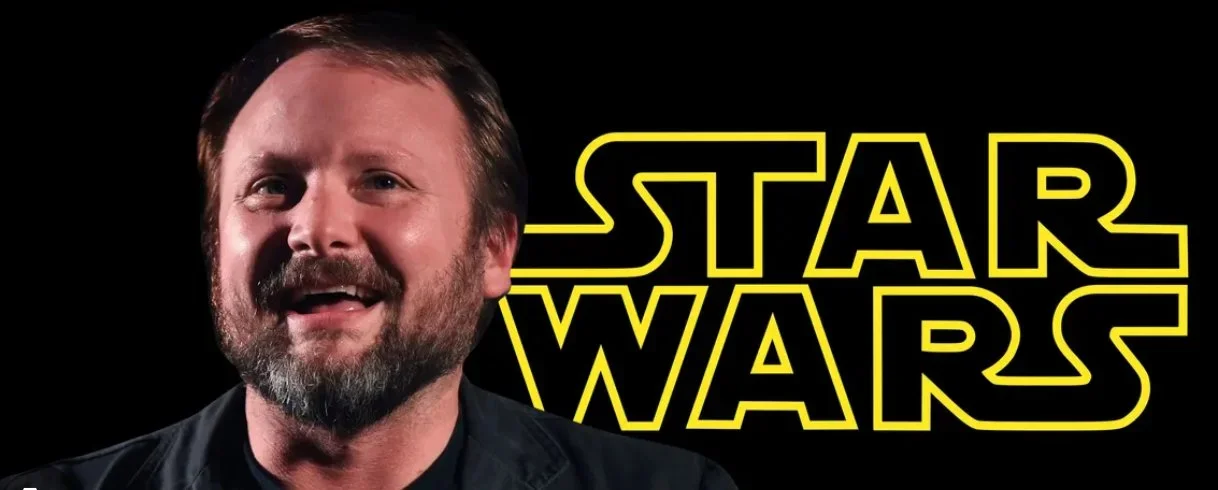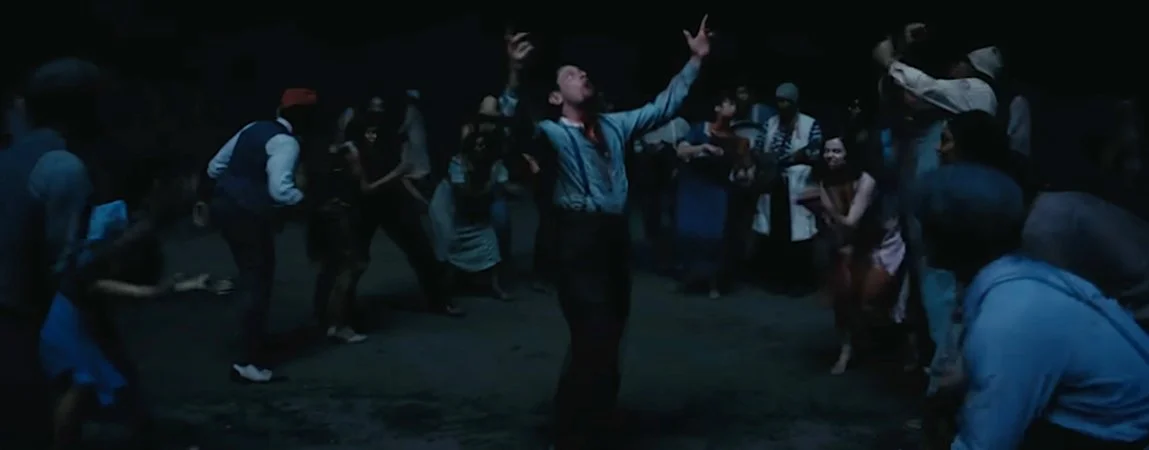The Toronto International Film Festival is ending this Sunday. It was a bloated edition, with far too few highlights to fully warrant a 200 film selection.
I saw about a quarter of the selection and although I wouldn’t ever say it was “weak”, there was a lot of mediocre stuff people were over-anticipating. My hunch is next year will be better. The looser the Covid restrictions become, the more flexibility filmmakers will have. It’s really tough to get a movie made right now for the usual reasons and more.
With that said, these were the highlight of TIFF ‘22. These are films that managed to break the mold, with new visions of seeing the world and inventive ways to tell their stories:
The Banshees of Inisherin
Martin McDonagh’s “The Banshees of Inisherin” is near plotless, driven by conversation (brilliant screenplay) and a near-biblical dilemma. On a remote Irish island, Colm (a superb Brendan Gleason) suddenly decides to stop talking to best friend Padraic (a never-better Colin Farrell). Why? Nobody, including the audience, knows. It’s an existential character drama that is expertly written and wise beyond words. If I’ve given flack to McDonagh’s films over the years for being none-too-cinematic, well, Banshees resolves that issue with Ben Davis’ luscious images of coastal Ireland.
How to Blowup a Pipeline
Daniel Goldhaber‘s taut, tense and terrific thriller was the biggest sell amongst this year’s TIFF titles. I was a major fan of Goldhaber’s “Cam,” but he delivers again with an eco-thriller that follows a crew of young environmental activists who execute a daring mission to sabotage an oil pipeline. It’s a heist movie that features the best editing of any film I’ve seen at TIFF — the way it intersects non-lineral timelines absolutely brilliant. This instantly put Goldhaber on the map as one of the most exciting new directorial voices in American film.
Glass Onion: A Knives Out Mystery
This sequel is outrageous in its implausibility, but I didn’t care one bit. Rian Johnson infuses such slick style and invention to his film that it’s too infectious not to be caught up in its peeling onion narrative. ”Glass Onion” is a mystery wrapped in deception after deception, going back and forth in time to tell its tale. There’s a non-linearity to the film that keeps you guessing. In a way, this is a deconstruction of the murder-mystery genre, constantly shape-shifting into something else at every turn. It can all be too much at times, but your eyes always stay glued to the screen. It’s infectiously slick.
The Fabelmans
The one movie Spielberg’s ‘Fabelmans’ most resembles is Woody Allen’s much-shorter “Radio Days” in its gleefully naive eye towards how things used to be 50 years ago and in its nostalgic look at a medium that is somewhat “dying.” This is a deeply felt self-indulgent work on the part of Spielberg. Was his life story actually worth telling? If he wasn’t Steven Spielberg then this type of film wouldn’t be remotely as interesting. The drama is fairly inert and mostly composed of episodic highlights of his life. Judd Hirsch and David Lynch steal the show in time-capsule worthy cameos. Michelle Williams and Paul Dano excel playing Spielberg’s quietly seperarive parents.
Saint Omer
A true original. Alice Diop’s much-anticipated fiction debut. Hailing from France, Diop tells the story of Rama, a novelist who attends the trial of Laurence Coly at the Saint-Omer Criminal Court. Rama uses Laurence’s story to write a modern-day adaptation of the ancient myth of Medea, but things don't go as expected. Rama starts to crumble, seeing more and more of herself in the troubled woman. Diop ends up only showing the bare bones of the wordy testimony, with no flashbacks or clunky subplots, it’s all there in the raw storytelling, uncovering shades of French colonialism, immigration and culture clashing.
All the Beauty and the Bloodshed
I saw Laura Poitras’ immaculate doc right before it won Venice. Tackling the American opioid epidemic via the eyes of photographer Nan Goldin’s battle against the notorious big-pharma Sackler family. This is a rich, sprawling and calculated study that plays almost like a great American novel. Poitras effortlessly meshes both of its storylines as it becomes an indelibly realized portrait of grief, corruption and personal freedom. You would think a doc tackling, and uncovering, big Pharma corruption would be the most interesting aspect of it, but Goldin’s life-story, told through her brilliant photographs, is just as fascinating, if not more so.
The Inspection
Sometimes a performance just elevates conventional material. Exhibit A: Jeremy Pope in Elegance Bratton’s “The Inspection.” In fact, Pope is so good that he deserves awards attention for his work as a gay homeless junkie who decides to enroll into Marine Corps basic training. Pope’s Ellis is run through the usual draining boot camp, both emotionally and physically, in his arduous process to become a marine. Pope makes you feel every ache and pain he goes through. It’s a star-making turn.
All Quiet on the Western Front
Although overlong, Edward Berger’s very loose remake features harrowing war sequences. Set in 1917, Berger decides to take the bird’s eye view on things in his brutal depiction of the First World War. Following German troops who have no idea what they signed up for, the film’s first 100 or so minutes are so hypnotic and so effervescently horrific that you forgive its unneeded and pedantic last stretch. This should be seen on the biggest screen possible and the fact that it’ll be streaming on Netflix in a week means most audiences won’t be experiencing Berger’s film to its full extent.
Pearl
Set during the 1918 pandemic, with plenty of townspeople wearing face masks, “Pearl” builds and fully fleshes out its anti-heroine (played by a deliciously twisted Mia Goth). She’s trapped on her mother’s isolated farm, lusting for the glamorous life she sees at the movies. We all figure that, sooner or later, she’ll probably snap. And, that she does. Here’s filmmaker Ti West, buzzing from having already released “X” this year, with a superior prequel to that horror movie. “Pearl” can be very comedic at times in its full-blown acceptance of the crazed titular character naïveté. The film is shot with the kind of beautiful photography that recalls 1950s technicolor. The colors pop in this dark and twisted tale.






